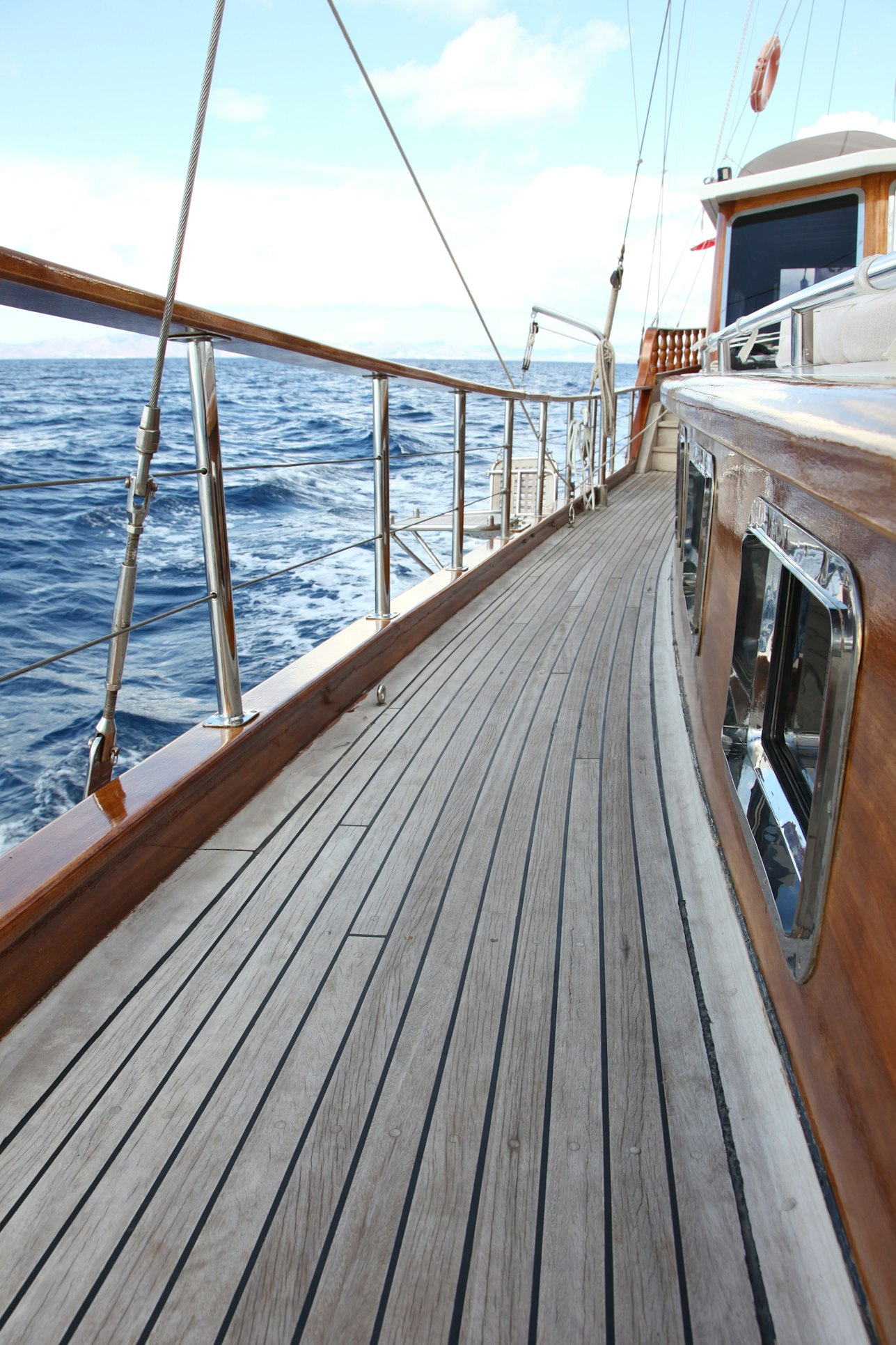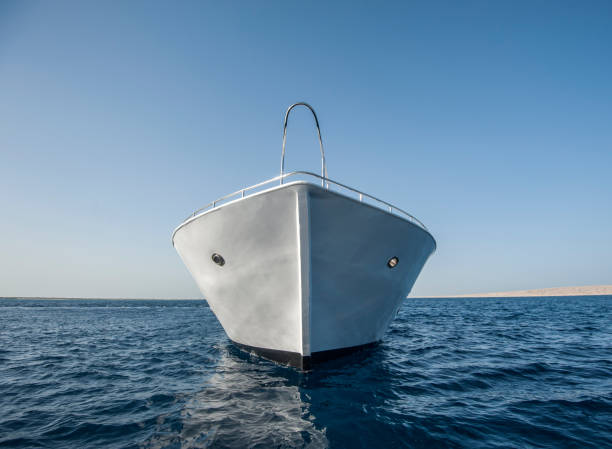Have you ever looked at boats and catch yourself with the realization of just how majestic they are? This awe is because of the many parts that makes up a sailboat. They come together and create an impressive transportation vehicle that not many of us will have a chance of owning. But can you identify the sailboat parts names just by looking at them? Even if you are an avid boat fan, you may still be confusing some of the terms with each other. Just know that identifying them isn’t that hard. You just have to know what to look for.
A hull, mast, sail, and rudder are the main requirements to build a sailboat. All the parts are connected directly and indirectly to the boat’s body, called the hull. The long pole that serves as a guide and mounting point for the sail are called the mast. We all know the purpose of the sail, right? It catches the wind and propels the boat, and the rudder acts as the steering and directs the boat.
The question though is why these requirements to build a sailboat are important? The following are essential parts of a sailboat and are universal components across most sailing craft. And as a sailor, you should know how important these parts are.
Here are nine of the main sailboat parts names:
Deck
The deck is generally defined as any area on top of the hull. When you’re not inside the boat, this is where you typically go for a walk. The mast and winches are mounted on the deck, serving as a mounting point for other important boat hardware. For now, think of the deck as the vessel’s visible top area. Traditional boats use teak wood planking on their decks, often made of fiberglass. Because sailors frequently walk across the deck in wet conditions, abrasive anti-slip material is common. For some good action and steady performance, try cleaning and repairing your fiberglass with Bondo Fiberglass Resin Repair Kit.
Centerboard
Even if a sailboat doesn’t have a long, deep keel, it still needs a fin to keep it tracking straight. Many boats use a dagger-like board called a centerboard to replace a lengthy keel. This plat protrudes from beneath the boat’s center, usually one to three feet below the hull’s bottom. Retractable centerboards are convenient for towing and beaching. Small sailboats designed for inland or coastal cruising are most likely to have centerboards.
Mast
The mast is the large pole that extends from the sailboat’s deck. It functions as a frame for all sails carried by vessel and connects the sail to the boat. The mast is an important component of the sail plan because it determines the type of boat you’re looking at. The majority of sailboats have only one mast. However, others have multiple masts. For example, a schooner has two masts and a specific sail plan. A yawl has two masts as well, but each one serves a different purpose.
Hull
The hull is the actual boat. It consists of the boat’s frame and the watertight skin that serves as a mounting point for everything else on board. Sailboat hulls are typically fiberglass or hardwood like white oak, but they can also be aluminum and steel.
Keel
The keel is the boat’s structural backbone. The hull’s bottom acts as the spine of the boat to which all frame members are attached during construction. The keel is a critical boat component that must not be broken or damaged. In the sailing community, the term keelboat is frequently used. The lengthened hull increases stability and keeps the boat on a straight course, making keelboats seaworthy vessels.
Cockpit
The cockpit of a boat is normally found near the back of the vessel. It has seating for the crew as well as the steering, sail, and engine controls. The cockpit serves as the sailboat’s command center and frequently includes storage bins beneath the seats. Many cockpits are self-draining, which means they’re above the water line and can drain water on their own. For off-shore sailing, some sailboats have enclosed cockpits. The cockpit of a normal cruising sailboat takes up about a third of the whole length of the boat, if not less.
Sail
The sail propels the boat, and most boats have multiple sails. The mainsail is the aft sail on a single-masted boat, and it is the larger of the two principal sails. The jib is a triangular forward sail that is usually smaller than the mainsail. Spinnaker is another sail similar to a loosely-mounted parachute that flies in front of a boat during low-wind conditions.
Rudder
The rudder, which is placed on the vessel’s stern, steers the boat. Rudders are an important part of the boat, and they’re especially vulnerable to damage or misalignment. When in the water, the rudder on some boats is completely undetectable. For breaching or towing, other boats include retractable rudders. A rudder is just a hinged plate that moves from side to side.
Boom
The boom is a perpendicularly extending hinged rod parallel to the mat. It’s placed on the lower section of the mast and regulates the mainsail’s side-to-side movement. A swinging boom could give you a terrific crack on the head if you’re not paying attention. Consider the boom to be the boat’s throttle. Pulling in the boom will improve the boat’s speed if you’re properly pointed relative to the wind. The bottom of the sail joins the mast at this point. Boom is likewise attached from the deck and may be adjusted with the help of a winch and crank.
Final Takeaway
In the 21st century, sailing is a form of recreation and sport. Sailboats today are for cruising and racing for pastime activities. You can also train yourself in some sail training using a sailboat and know their sailboat parts names. Determining all the sailboat parts names is also important to know their specific job and use. There are many things that a sailboat can do. It is up to you which activity to use yours with the different options available today.
For more boat building advice, check out MyBoatPlans‘ Complete Boat Building Guide.












